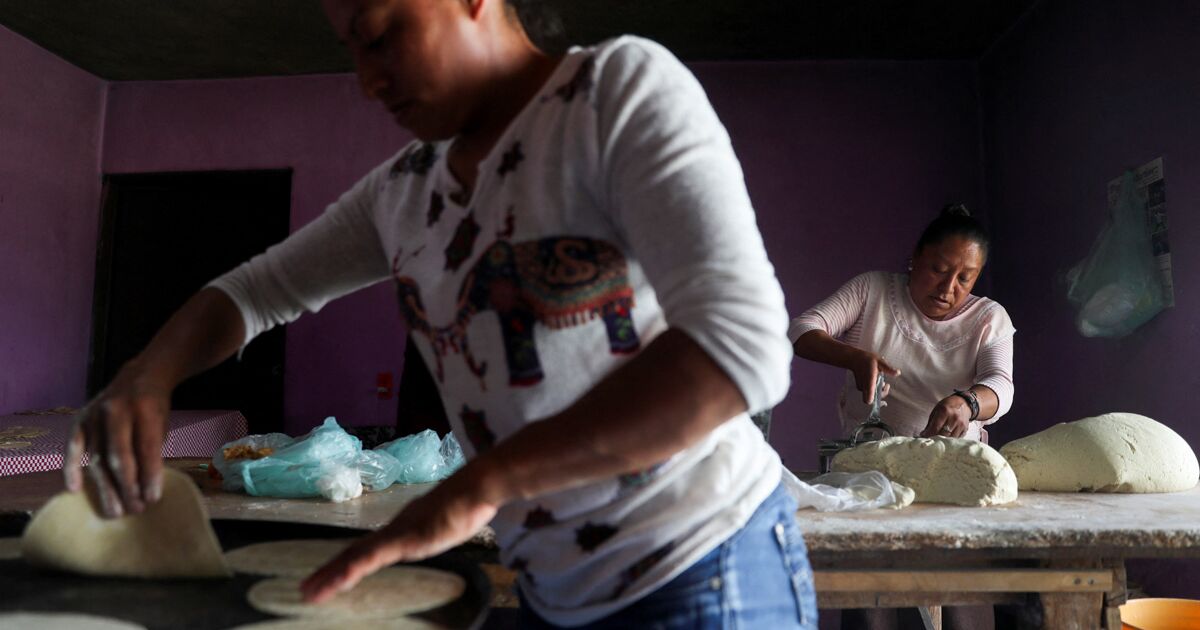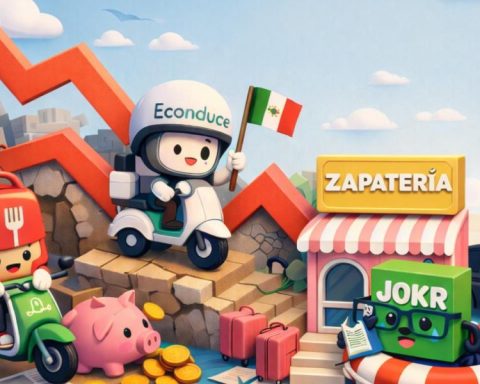The war negatively affected global growth “and with it external demand” for regional products, added the United Nations technical body based in Santiago, Chile.
Latin American countries will once again face “a complex environment for fiscal and monetary policy” after the rise in interest rates in the world to contain inflation, which will have a negative impact on private consumption and investment.
All Latin American subregions will show lower growth next year: South America will grow 1.2% compared to 3.4% in 2022, while Central America and Mexico will grow 1.7% versus 2.5%. The Caribbean, meanwhile, will grow 3.1%, not including Guyana, compared to 4.3% this year.
Chile, with a 0.9% drop in its GDP, will be the most affected country in the region next year.
ECLAC explained that most of the countries in the region “are particularly affected by the low dynamism of China, which is an important market for its exports of goods.”
The agency also highlighted the impact of “the drop in the prices of basic products and the restrictions on the space that public policy has to support economic activity.”
In the economies of Central America and Mexico, “the low dynamism of the United States, the main trading partner and main source of remittances for their countries, would affect both the external sector and private consumption.”

















